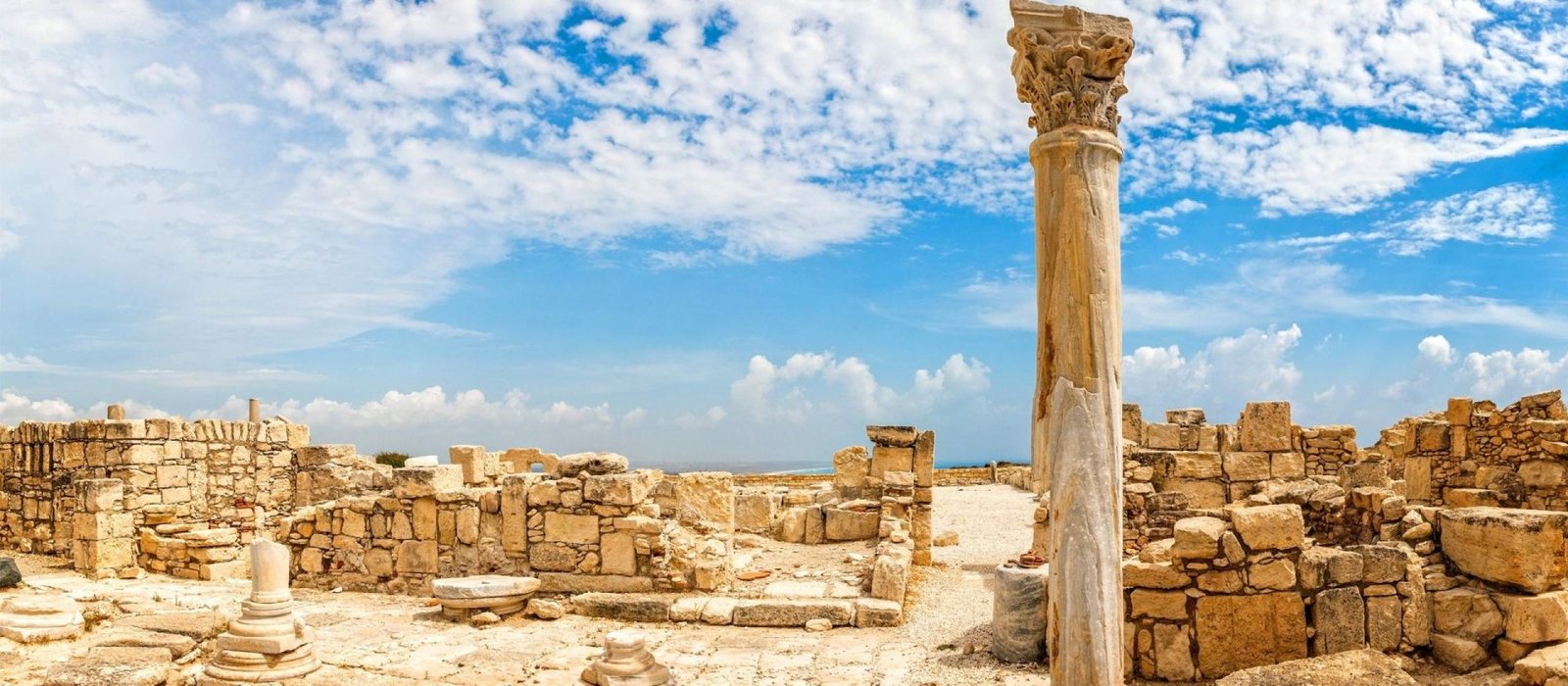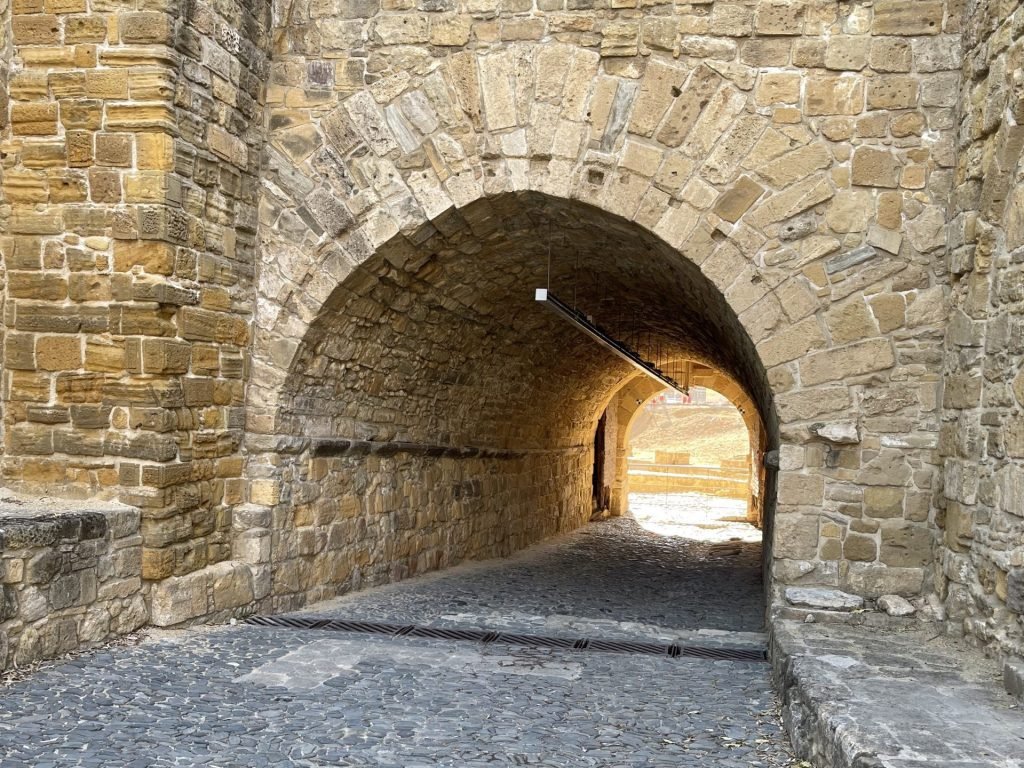Planning a historical tour in Cyprus offers a unique opportunity to dive into the island’s rich and diverse past. With ancient ruins, medieval castles, and charming villages scattered throughout, Cyprus provides a remarkable journey for history enthusiasts. If you’re ready to explore this Mediterranean gem, here’s how to plan an unforgettable historical tour in Cyprus.
1. Research Top Historical Sites
Start with Key Landmarks
To plan your historical tour in Cyprus, begin by identifying the must-see landmarks. The island is home to a variety of UNESCO World Heritage sites, including the Tombs of the Kings in Paphos and the stunning ancient city of Kourion. These sites offer a glimpse into Cyprus’ ancient civilizations, and they’re a great starting point for your trip.
Explore Medieval and Byzantine History
Cyprus’ history goes beyond antiquity. The island has numerous medieval castles, such as Kolossi Castle and St. Hilarion Castle, which date back to the Crusader era. Byzantine churches, like the famous Painted Churches in the Troodos Region, with their intricate frescoes, showcase the spiritual and artistic side of Cyprus’ history.
2. Choose the Best Time to Visit
Consider Weather and Crowds
Cyprus enjoys a Mediterranean climate, making it an attractive year-round destination. However, to avoid the heat of the summer and large tourist crowds, consider planning your historical tour during the spring (March to May) or autumn (September to November). The mild temperatures during these seasons allow for comfortable sightseeing, and you’ll have a better chance to explore sites without large groups.
Special Historical Events
Another option is to time your visit around historical festivals or events. For instance, the Medieval Festival of Ayia Napa takes place in October, offering reenactments and performances that celebrate Cyprus’ medieval history.

3. Plan Your Travel Route
Focus on Regions
Once you’ve chosen your top historical sites, it’s important to plan your travel route. Cyprus is divided into several districts, each with its own unique historical attractions. The Paphos district is famous for ancient ruins, while the Limassol and Larnaca districts offer a blend of ancient and medieval landmarks.
Rent a Car for Flexibility
Renting a car is the best way to explore the island’s historical sites at your own pace. Cyprus has a well-maintained road network, and driving between major cities like Nicosia, Limassol, and Paphos allows you to see the historical diversity of the island. You can also make spontaneous stops at lesser-known villages and churches along the way.
4. Stay in Historic Accommodations
Charming Guesthouses and Boutique Hotels
To make your historical tour truly immersive, consider staying in a traditional guesthouse or boutique hotel located in one of Cyprus’ old towns or villages. Cities like Nicosia and Lefkara offer beautifully restored accommodations in centuries-old buildings, which allow you to experience the local culture firsthand. Not only do you get a sense of history by staying in these places, but they also offer proximity to key sites.
Proximity to Historical Landmarks
Choose accommodations that are close to the historical landmarks you plan to visit. For example, staying in Paphos will allow you to easily access the famous archaeological sites, while a stay in Kyrenia offers access to the northern medieval castles.
5. Explore Local Museums
Discover Cyprus’ Diverse History
Museums in Cyprus are an essential part of any historical tour. The Cyprus Museum in Nicosia houses the island’s most extensive collection of artifacts, spanning from the Neolithic period to the Roman era. Additionally, the Byzantine Museum in Nicosia offers insight into religious art and architecture, while the Larnaca Archaeological Museum showcases important finds from the ancient city of Kition.
Take Guided Tours
Many museums and historical sites offer guided tours that can provide deeper context and understanding of Cyprus’ complex past. Opting for a guided tour is an excellent way to enhance your visit, as local experts share stories and historical details that you might miss otherwise.
Conclusion
Planning a historical tour in Cyprus is an exciting endeavor that allows you to explore the island’s rich cultural heritage. By researching the top landmarks, choosing the best time to visit, planning your route, and staying in historic accommodations, you can create a memorable experience. Additionally, don’t forget to visit local museums and take guided tours to deepen your knowledge of Cyprus’ past. With its blend of ancient and medieval sites, Cyprus promises an unforgettable historical journey for any traveler.











